Food Labelling Rules – An 8 minute explainer!
Food Labelling Rules for Small Food Business. A presentation by Positive ID Labels.
Transcript (See disclaimer below)
EU Food Labelling Regulations are very complicated and there are lots of them. The first question we have to ask is do we even need to label the food?
If you are selling food pre-packaged or prepared for sale off-site or preparing food that is pre-packaged for sale on site, then the answer is “yes”. The rules are set out in this video. The rules are from the EU Directive 1169/2011, about 40 pages of regulations. Hopefully, this presentation will condense it and make it a little easier to understand!
This presentation is for small food businesses and by that, we mean businesses that sell pre-packed food for sale on or off-site. They must have fewer than 10 employees and a turnover of less than £1.2m. If your operation is bigger than that, you need to include nutrition information on your products. Call us to discuss our nutrition labelling system “Nutridata” if you need help and advice with that.
The first thing we need to consider to meet food labelling regulations is legibility. All labels must be legible. You cannot use tiny fonts any more. There is a minimum size now. The ‘x’ height of all the text needs to be no smaller than 1.2mm. As a general rule, that is a font size of 7 points on your computer.
There are 5 main things you need to include on your food label.
- Description
- Durability
- Quantity
- Food Business that made the product
- The ingredients in the product including allergens and a QUID Declaration
Description
The description on a food label must be clear and unambiguous and it should appear on the front of the packaging.
Durability
Durability is indicated with a use by date or a best before date and a date to go with it. It should be clear and easy to understand in a simple format. You should not use special codes like week of the year and day of the week. That only serves to confuse the consumer.
The durability is indicated with either a Use By Date or a Best Before Date. If the product is in date we know the product is safe. If it out of date, a Use By Date would indicate that the food might be dangerous to consume as it may have become infected with bacteria. A Best Before Date would indicate that is deteriorated and may be safe to eat but will just not be at its best.
You can also consider adding storage advice to the consumer. You may include a statement like “keep refrigerated below 4oC” or “Consume on day of purchase”.
Quantities
Obviously, some product quantities are indicated by default such as the number of cobs in a package or a sandwich. Alternatively, they can be indicated by weight. This should be the weight of the product excluding the packaging and it should be indicated in grams or kilograms (or millilitres, centilitres or litres). You can use both or either if it is appropriate.
Food Business
The food business needs to be indicated on your food labels and the purpose of this is for traceability if there is an infection in the food chain. It means the authorities can investigate the food chain if there is an infection and isolate the source of the problem.
To meet food labelling regulations You must include at least your business and business address. You can include a telephone number, email, and website which can be useful for your marketing too.
You need to include every constituent ingredient in your product. There are no shortcuts, it must include everything in detail.
You must also indicate the allergens in the ingredient list and you may have to make a QUID declaration too. That is explained later.
Including everything; let’s look at a cheese sandwich. It has bread, margarine and cheese, but we cannot just list those items as that. Bread consists of a number of constituent ingredients, so does margarine. Cheese is a little simpler.
So instead of writing bread, margarine and cheese as our ingredient list, we have to include the entire list [of constituent ingredients].
Let’s look at the 14 allergens. They are:
- Cereals (containing Gluten, Wheat, Kamut, Spelt, Barley, Oats)
- Crustaceans (Shrimp, Prawn, Lobster)
- Eggs
- Fish
- Peanuts
- Milk (including lactose products)
- Soya (Soy & Soybean)
- Mustard
- Sesame (Tahini)
- Sulphur Dioxide or sulphites (must be declared in concentrations of more than 10mg/kg or 10mg/litre)
- Lupins (Used in some baked goods as seed or flour)
- Molluscs (Whelks, Mussels, Snails)
- Celery (including celeriac) and
- Nuts (specifically tree nuts): Hazelnuts, Cob Nuts, Almonds, Brazil Nuts, Pistachio Nuts, Pecan Nuts, Queensland Nuts, Walnuts
Highlighting Allergens
To meet food labelling rules we need to indicate the allergens in the product. We can highlight the allergens in any way that is suitable and this is often driven by the printing system we are using. It can be in UPPERCASE, Italic, Bold, old and italic or bold and colour. The regulations do not specify how you highlight allergens so you can use any method that suits your equipment.
Let’s look at our cheese sandwich example. I’ve highlighted the allergens. In the example, I have now put these in uppercase. The next thing I need to do is explain how we have indicated the allergens. So we will add a statement “For allergens see ingredients indicated in UPPERCASE)”.
QUID Declarations
Let’s look at the QUID declaration (QUID means “Quantitative Ingredient Declaration”).
You must quantify what you have described in the description of the product. For example a “cheese sandwich” will have to have a declaration for the “cheese”. A “chicken and mayo sandwich” would need to have a declaration for the “chicken” and “mayonnaise” declared in the ingredient list shown as a percentage of the product because they have had these ingredients declared in the description of the product.
Let’s look at the calculation. Again, let’s use the cheese sandwich example. The ingredients are Bread, Margarine and Cheese. The weights of those ingredients must be known and the total weight of the product calculated from that.
| Ingredient |
Weight |
Calculation |
Percent |
Percent
(Rounded) |
| Bread |
80g |
80/130 x 100 |
61.5% |
62% |
| Margarine |
10g |
10/130 x 100 |
7.7% |
8% |
| Cheese |
40g |
40/130 x 100 |
30.8% |
30% |
| Total |
130g |
|
|
|
We can now include these values in the ingredient list
Let’s look at a real-world example:
On a typical label for a customer. We need to include the 5 main things:
- Description
- Durability
- Quantity
- Producer
- Ingredients
The Producer information is included in the pre-printed label we supply to our customer.
We need to add a description of the product. In our example, this is a Cheese Sandwich which is a clear description.
Now we need to include the durability, a declaration of the type of date we are using, a date to go with it and perhaps include some consumer advice, in this case we have added the comment “Consume on day of purchase”.
Next, we need to add weight. We know this from calculating the QUID declaration. In this example we have a weight and an indicative declaration of the sandwich so we have used both the obvious and weigh methods.
Next we need to add the ingredients, it is a full list. You can see we have highlighted the allergens and described how we have highlighted the allergens too. We have also included a QUID declaration for each constituent ingredient n the sandwich. This is not necessary but as we have calculated all the values we may as well include them.
The only thing left is to add a price.
We hope you found this presentation useful. If you need any help or support with your food labelling, why not call us on 01332 864895 or visit our website at www.pid-labelling.co.uk
Disclaimer: Positive ID Labels accept no responsibility for the accuracy of the information in this presentation and post. To verify your food labels meet regulatory standards you must contact your local trading standards department. This information is on for use within the United Kingdom and applied to all food labelling across the EU.




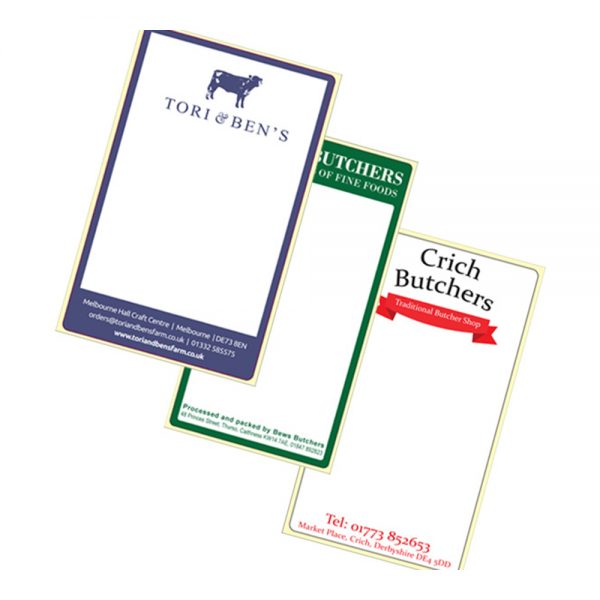



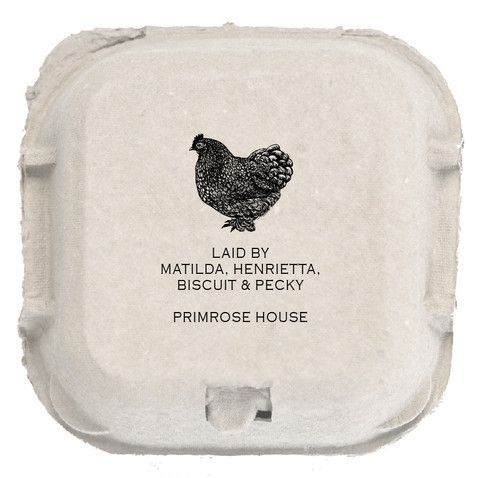
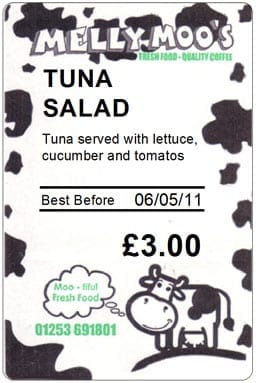








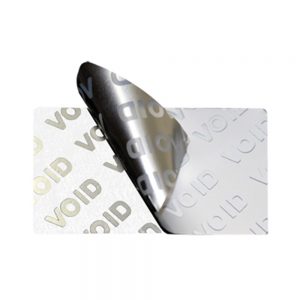
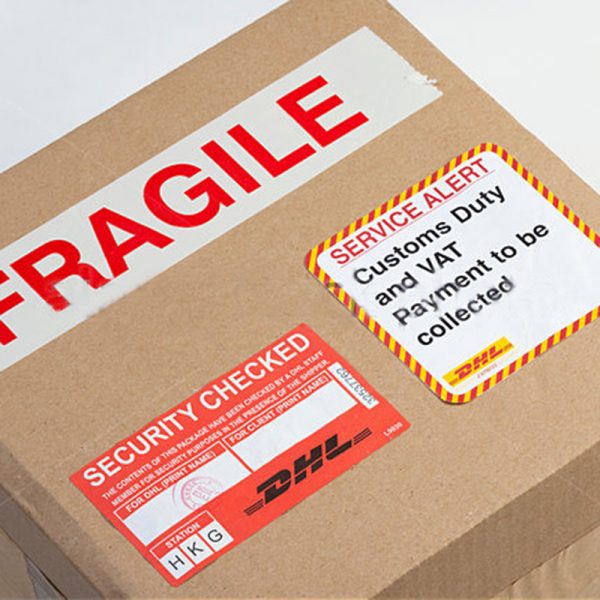








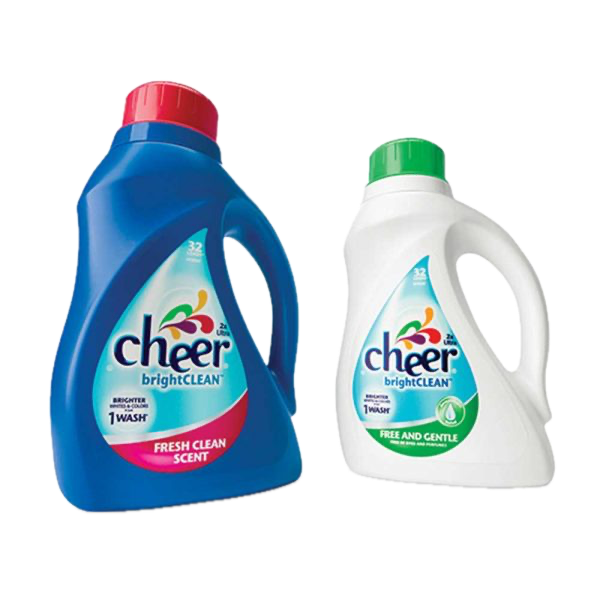







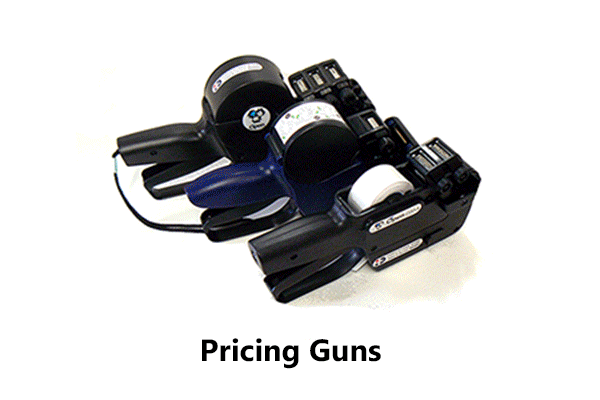
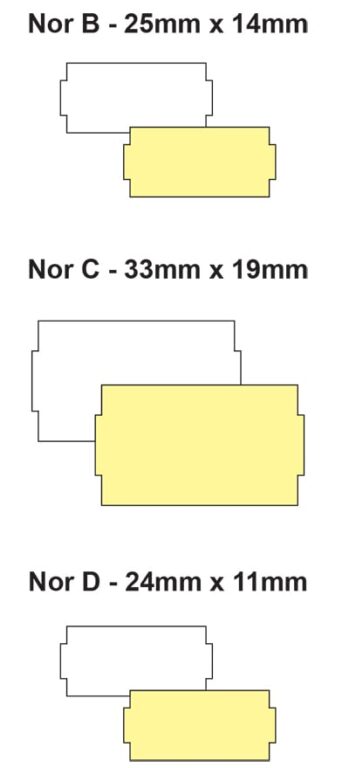
























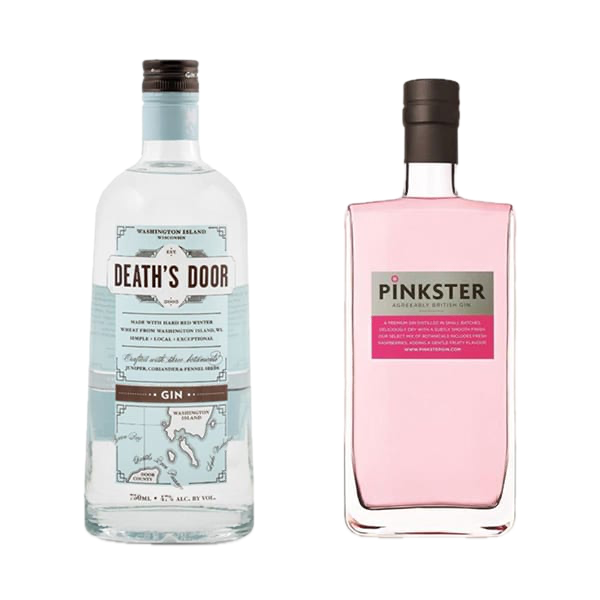
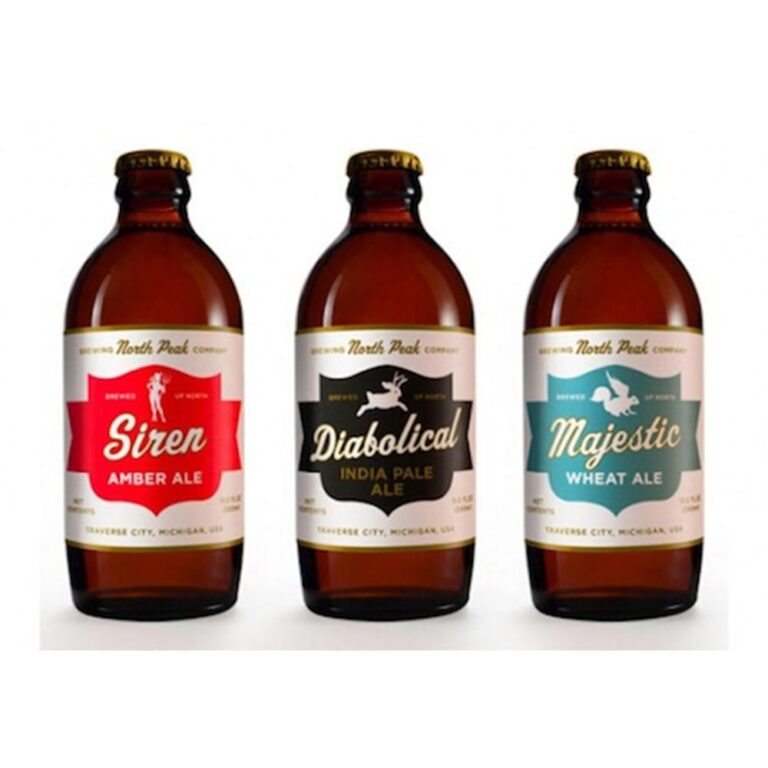
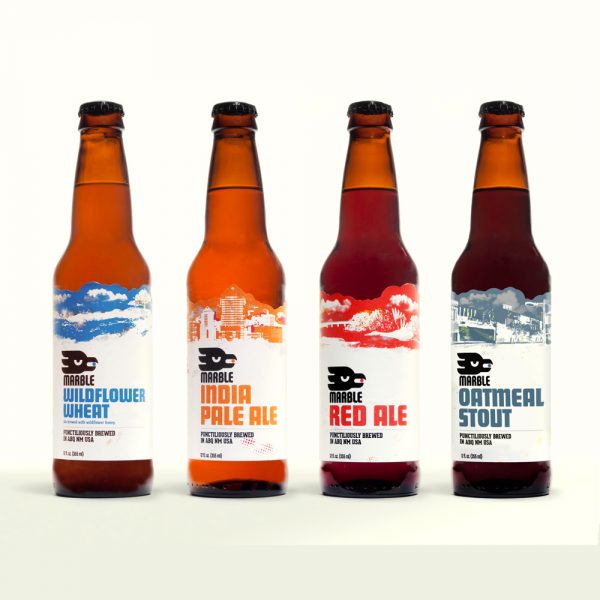

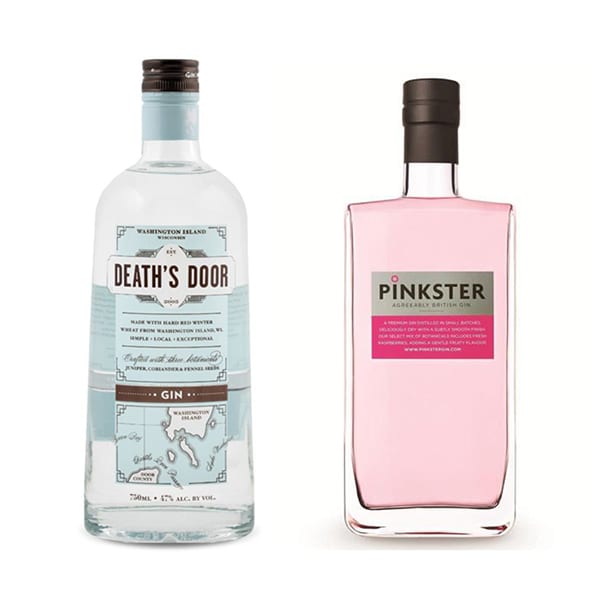







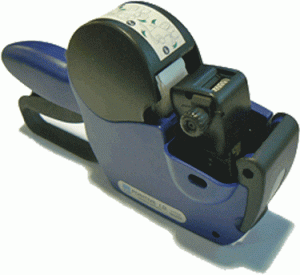

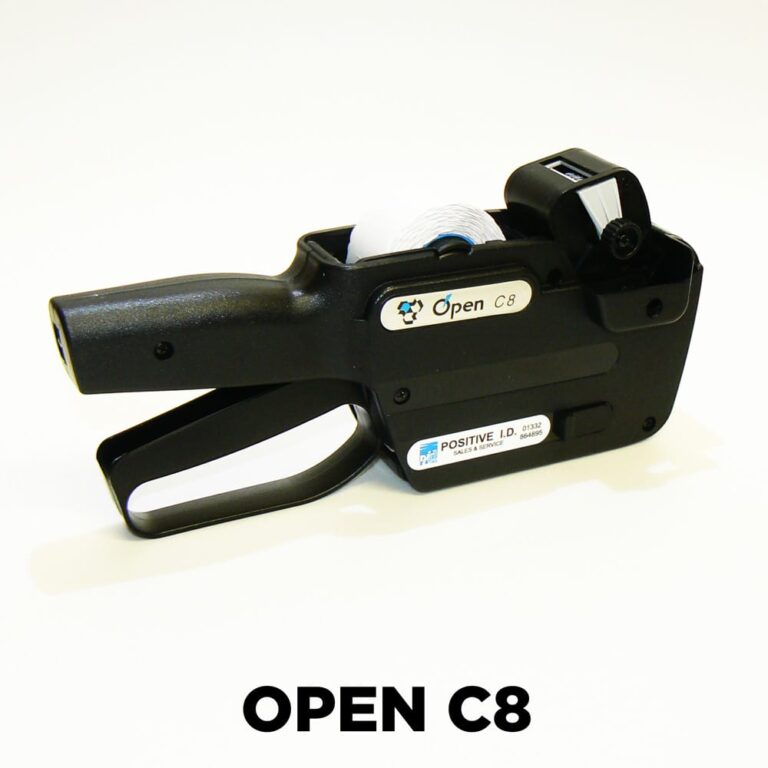






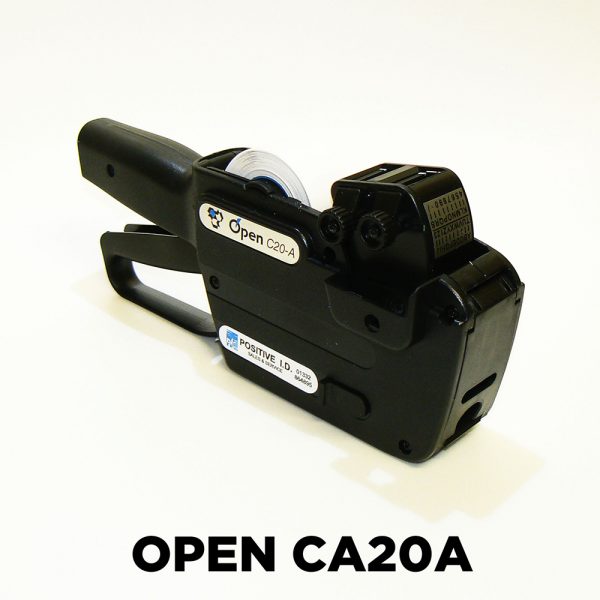





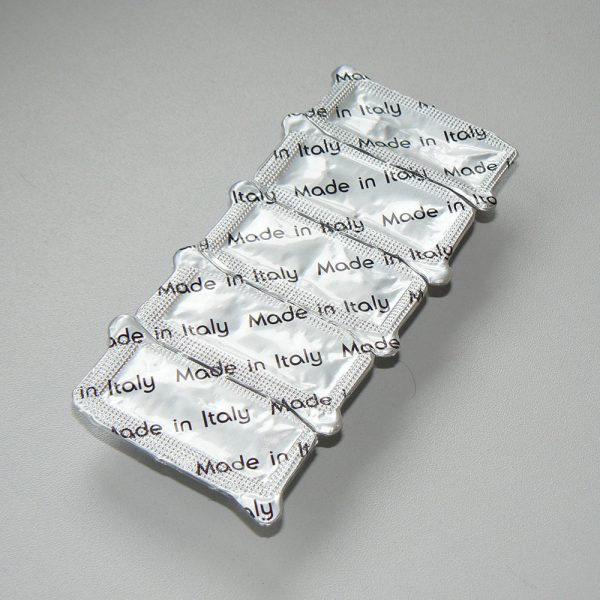
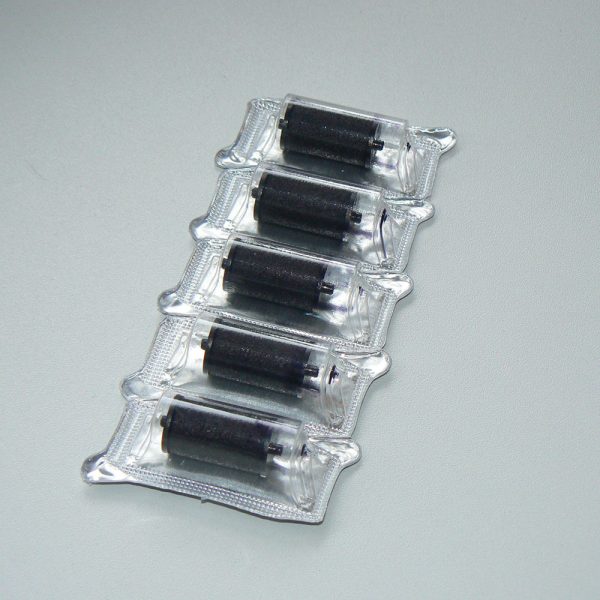







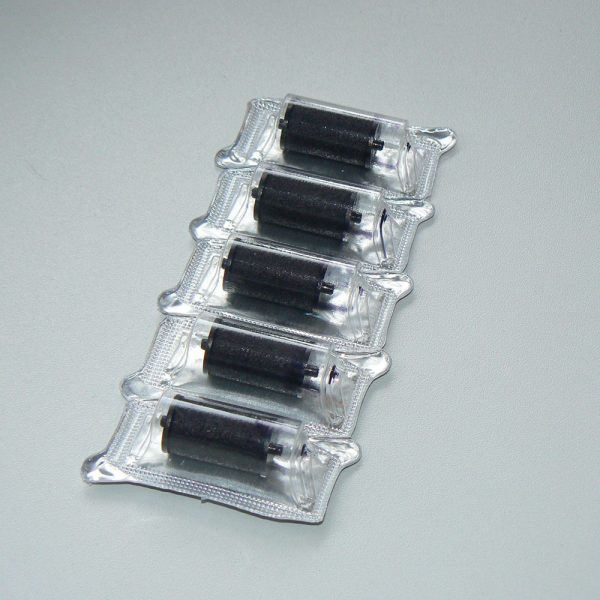
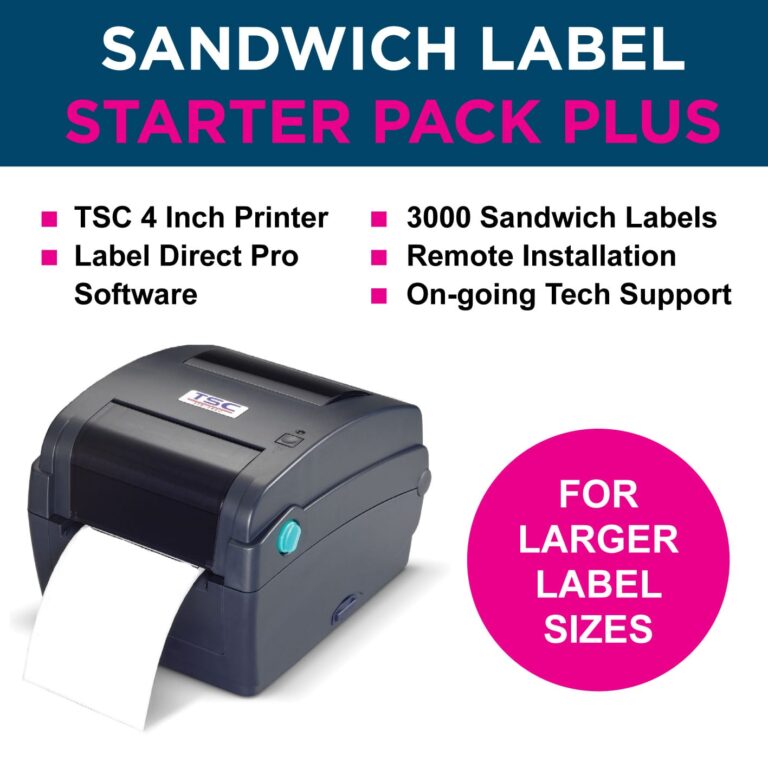


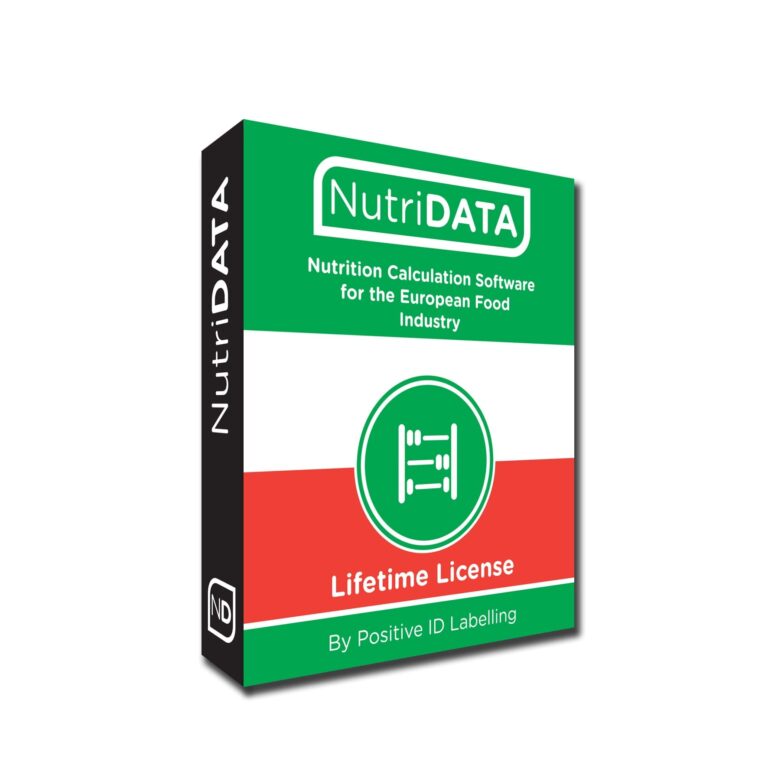



 Advanced encryption keeps your data safe and secure
Advanced encryption keeps your data safe and secure